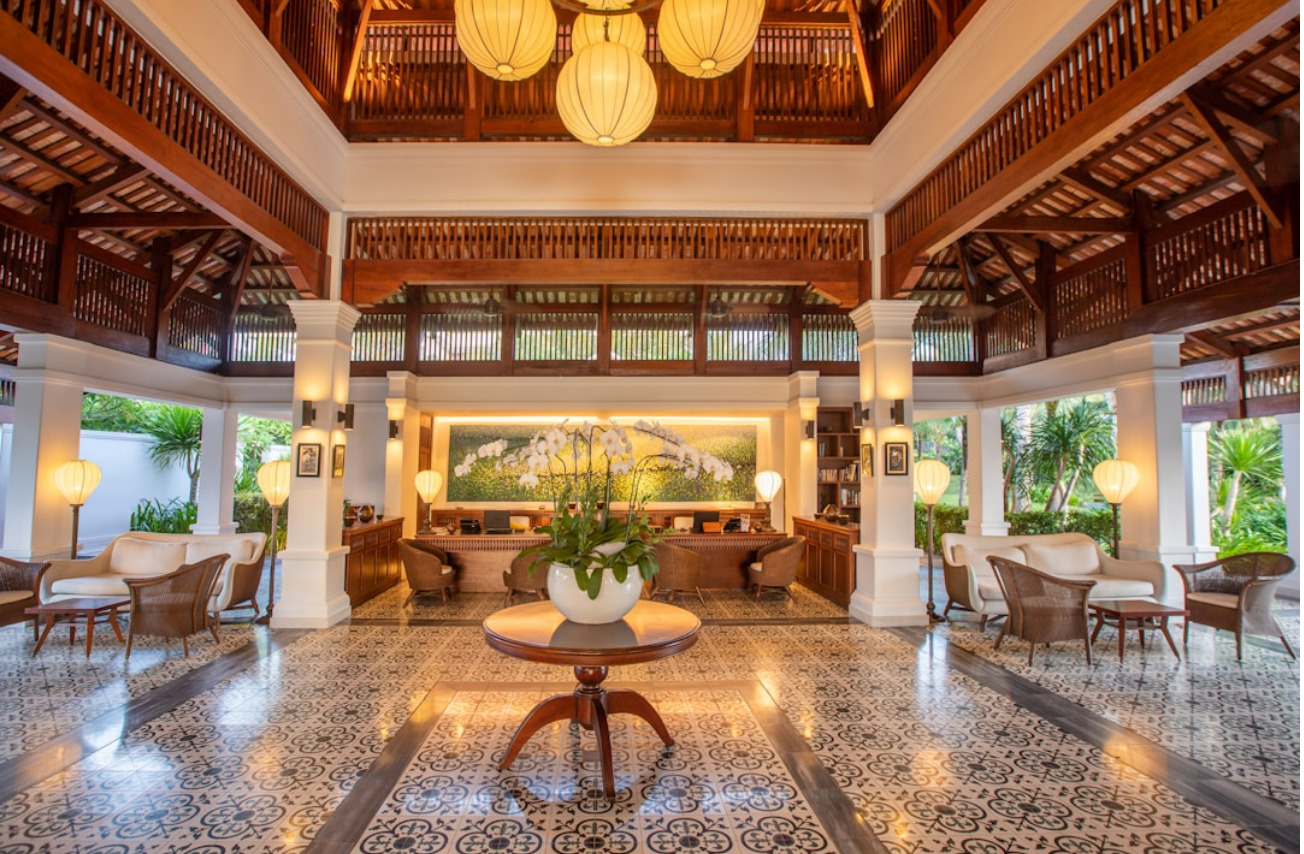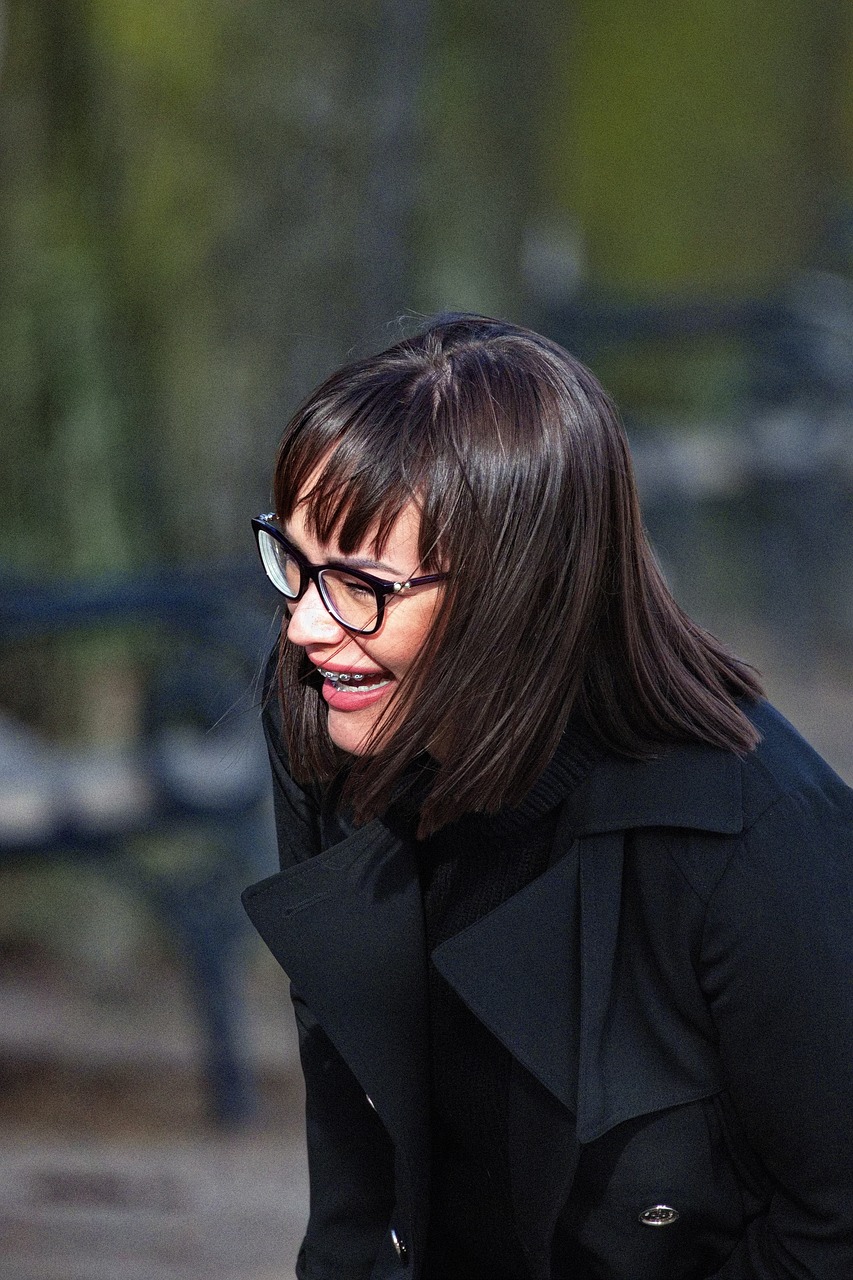When it comes to creating an age-friendly home, one of the first steps is to assess your current living space. Take a good look around and identify any potential hazards and obstacles that could make it challenging for you to age in place comfortably and safely.
Start by examining your home’s layout and design. Look for any tripping hazards such as loose carpets or cluttered walkways. Consider the placement of furniture and ensure that it doesn’t obstruct your movement or create obstacles.
Next, pay attention to the lighting in your home. Adequate lighting is crucial, especially in high-traffic areas and staircases. Make sure there are enough light sources and consider adding motion-activated lights for added convenience.
Additionally, evaluate the accessibility of your home. Are there any narrow doorways or steps that might be difficult to navigate? Consider installing handrails and ramps where needed to improve mobility.
Remember to also assess your bathroom and kitchen. Look for slip-resistant flooring, grab bars, and adjustable-height fixtures to enhance safety and accessibility.
By carefully assessing your home and addressing any potential hazards or obstacles, you can create a safer and more age-friendly environment for yourself as you age in place.
Modifying Your Living Space: Making Necessary Adaptations for Accessibility
When it comes to aging in place, modifying your living space to ensure accessibility is key. This means making necessary adaptations to create a home that is safe, comfortable, and convenient for your changing needs.
Start by assessing your current living space and identifying areas that may pose challenges as you age. Consider installing grab bars in the bathroom, adding ramps or handrails for easier access, and removing any clutter or obstacles that may hinder mobility.
Make sure your home has proper lighting to reduce the risk of falls, and consider adding non-slip surfaces in areas prone to moisture or slippery conditions. It can also be helpful to rearrange furniture to create clear pathways and eliminate any tripping hazards.
Additionally, consider installing technology that can assist with daily activities, such as automatic lighting systems or smart home devices that can be controlled with voice commands.
By making these necessary adaptations, you can create a living space that allows you to age in place comfortably and independently, while minimizing the risk of accidents or injuries. Your home should be a sanctuary that supports your changing needs and enables you to maintain your independence as you grow older.
Enhancing Safety Features: Installing Grab Bars, Handrails, and Non-Slip Flooring
When it comes to creating an age-friendly home, safety should be a top priority. One important aspect of ensuring safety is installing grab bars, handrails, and non-slip flooring throughout your living space. These features provide additional support and stability, especially in areas prone to accidents, such as the bathroom and stairs.
Grab bars are essential in the bathroom, where slip and fall accidents are common. Installing them near the toilet, shower, and bathtub can greatly reduce the risk of accidents. Handrails along staircases and hallways offer support and assistance while navigating the home.
Additionally, non-slip flooring is crucial in preventing falls. Opt for materials that are slip-resistant and have a texture that provides better traction. This is especially important in areas that are frequently exposed to water or moisture.
By enhancing safety features in your home, you create an environment that promotes independence and reduces the risk of accidents. Consulting with professionals or occupational therapists can help you identify specific areas that require modification. Remember, making these adjustments ensures that your home remains a safe and comfortable haven as you age in place.
Improving Lighting and Visibility: Minimizing the Risk of Falls
Ensuring proper lighting and visibility in your home is crucial to creating an age-friendly environment and reducing the risk of falls. As we age, our eyesight tends to decline, making it essential to have adequate lighting in all areas of the house. Start by installing bright, high-quality light bulbs that provide enough illumination in each room. Consider using task lighting, such as table lamps or under-cabinet lights, to enhance visibility for specific activities. Additionally, make sure there are no dark areas or shadows that could create hazards. Remove any tripping hazards and ensure walkways are well lit and clear of clutter. Consider installing nightlights in hallways and bathrooms to prevent any accidents during nighttime. By prioritizing proper lighting and visibility in your home, you can significantly minimize the risk of falls and enhance your safety and well-being as you age in place.
In-Home Care: Supporting Independence and Well-being
In-home care Charleston SC can play a crucial role in supporting the independence and well-being of older adults who choose to age in place. By providing assistance with activities of daily living, such as meal preparation, medication management, and personal care, in-home caregivers in Charleston SC enable seniors to maintain their autonomy and enjoy a high quality of life in the comfort of their own homes.
These caregivers not only help with practical tasks but also provide companionship and emotional support, reducing the risk of loneliness and isolation that older adults often face. They can also assist with transportation, ensuring that seniors can continue to participate in social activities and engage with their communities.
Furthermore, in-home care can offer peace of mind to families, knowing that their loved ones are receiving personalized attention and care in a familiar and nurturing environment.
In summary, in-home care is an essential component of creating an age-friendly home. It promotes independence, well-being, and social engagement for older adults, allowing them to live life to the fullest as they age in place.





